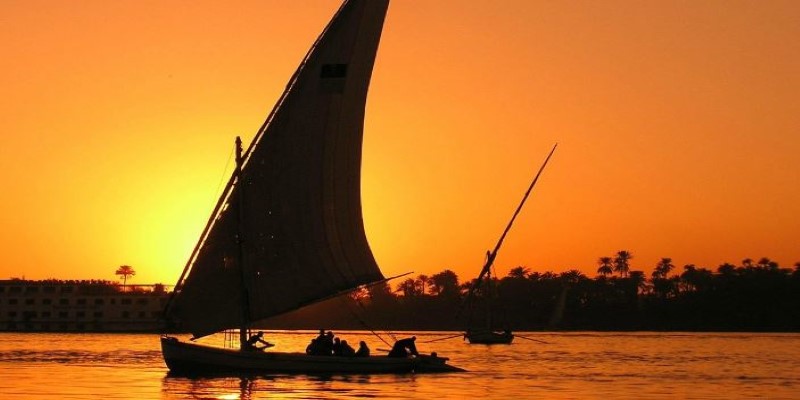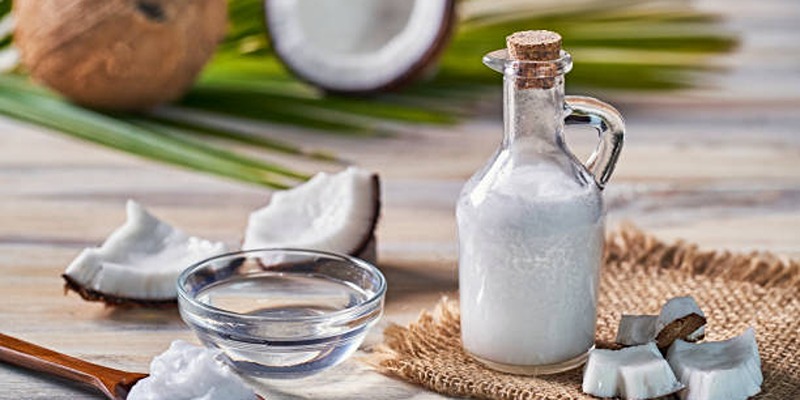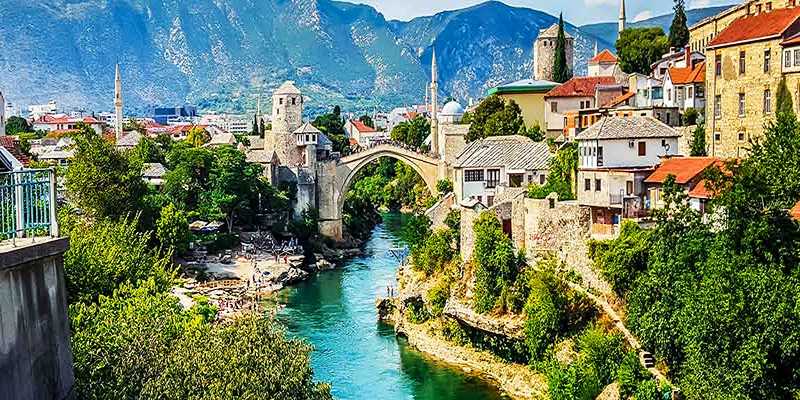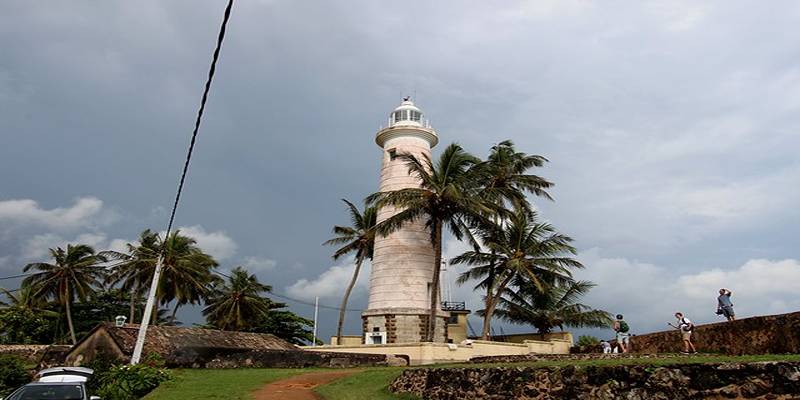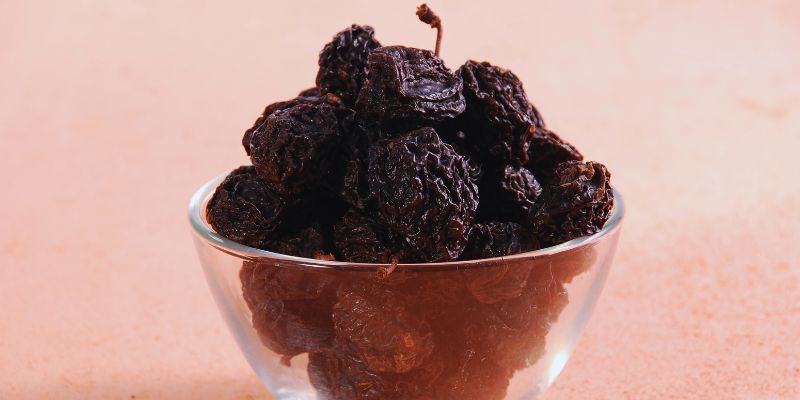A Frozen Wonderland: The Journey to Harbin’s Ice Festival
Advertisement
The moment you step into Harbin during winter, the cold greets you first. It’s a kind of cold that bites at your face and seeps into your bones, but within minutes, it becomes an afterthought. The towering ice castles, intricate sculptures, and glowing wonderland of the Harbin Ice Festival make it impossible to focus on anything else.
This is not just another winter festival; it is the grandest display of frozen artistry on the planet. The journey to Harbin is an adventure in itself, but the reward is an unforgettable experience that feels like stepping into another world.
Getting to Harbin: The Journey Through Ice and Snow
Harbin is located deep in the northeast of China. Here are winter rules. Traveling to Harbin does require a little bit of planning. Many visitors fly into Harbin Taiping International Airport. Alternatively, people coming from Beijing or Shanghai may also reach by train. The high-speed rail takes a smooth ride and passes through the icy landscape, crossing frozen rivers on the way to one of the oldest cities in China.
As you arrive, something immediately captures the eye: the architecture. Harbin has a deep Russian heritage, reminding one of its past—of old-settler Russians who shaped the city's history. European-style buildings on each street, domed cathedrals, and hints of old-world charm make the city much different from other cities in China. Amongst the festival's most magical is the contrast of this historical charm with the futuristic glow of ice sculptures at night.
Inside the Ice Festival: A World of Frozen Art
The Harbin Ice Festival is so much more than just a collation of ice sculptors- it is a whole city in itself, built exclusively out of ice blocks gathered from frozen water. Blocks are carved into a shape like castles or temples, as well as entire bridges. After sunset, the whole place is lit with hues of color. At night, all the festival grounds became surreal, a neon ice kingdom. It's so massive in scale that even the sculptures stand as tall as buildings, and pathways lead through the icy labyrinths.
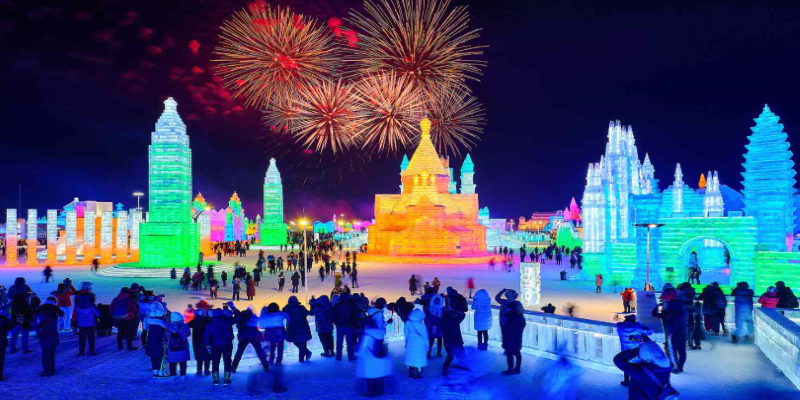
Beyond the sculptures, there's much to do. Ice slides speed visitors down glittering slopes, and frozen mazes challenge the more adventurous. Also included are performances, as acrobats, dancers, and ice skaters add energy to the festival. It is divided into several sections. One is Sun Island, popular for its gigantic sculptures, while Zhaolin Park is relatively quieter and more traditional for an ice lantern experience.
There are more extreme attractions for those willing to brave the cold. The Songhua River, frozen solid in winter, becomes a playground for ice biking, sledding, and even winter swimming—a tradition where participants plunge into icy waters, proving their endurance against brutal temperatures. Watching the locals do this without a flinch is both fascinating and terrifying.
What to Eat and Where to Warm Up?
Harbin's freezing temperatures demand a different kind of cuisine. The food here is designed to warm you from the inside out, and there are plenty of local dishes that serve that purpose. The most famous is Harbin sausage, a slightly sweet, smoked delicacy influenced by Russian cuisine. Then there's hotpot, a dish best enjoyed after hours of wandering through the festival. Steaming pots of broth filled with meat, vegetables, and noodles provide the perfect antidote to the biting cold.
For those looking for something heartier, dongbei cuisine—northern Chinese food—is a must-try. Dishes like braised pork, dumplings, and stir-fried potatoes are all about warmth and comfort. Street vendors sell skewers of meat grilled over open flames, their smoke rising into the winter air, while small shops offer hand-pulled noodles and steaming bowls of soup.
When the cold becomes unbearable, there are plenty of places to warm up. Harbin's cafes serve Russian-style milk tea and pastries, with thick carpets and heavy wooden furniture making them cozy retreats from the snow outside. Many visitors find themselves stepping into these spots not just for the food but for a break from the festival's icy grip.
Braving the Cold and Making the Most of the Festival
The Harbin Ice Festival is not for the faint of heart. The temperatures can drop below -30°C (-22°F), making proper winter gear a necessity. Layers are your best friend, with thermal clothing, insulated jackets, and high-quality gloves and boots being essential. Even with the best gear, the cold finds its way in, so warming up frequently is a part of the experience.
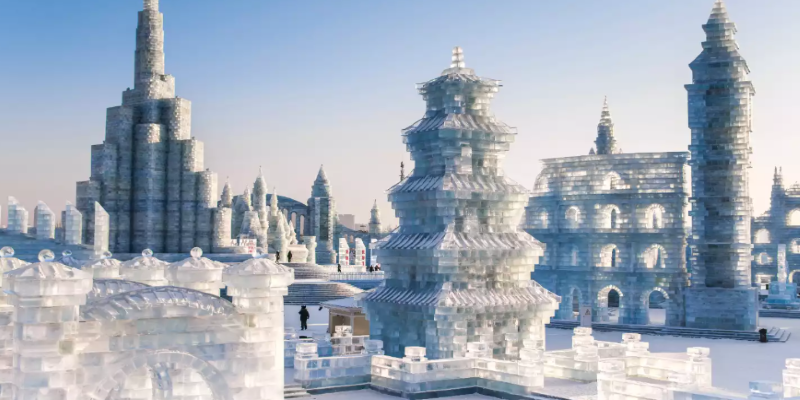
Timing your visit is also key. The festival typically runs from late December to February, but the best time to go is early January when the sculptures are at their freshest and the lights are at their brightest. Arriving early in the evening allows you to see the transition from day to night, as the ice structures go from crystal-clear in daylight to glowing wonders once the sun sets.
The trek to Harbin is not an easy one, and the festival itself requires endurance. But those who make the journey are rewarded with a spectacle unlike anything else in the world. The Harbin Ice Festival is not just about looking at ice; it is about stepping into a dreamscape of frozen beauty, where art and nature collide in a way that is both awe-inspiring and fleeting. Within weeks, the sculptures begin to melt, disappearing with the arrival of spring. But for those who have seen it, the memory of this icy wonderland lingers long after the last block of ice has melted away.
Conclusion
The Harbin Ice Festival is a celebration of winter in its purest form. The journey is long, the cold is brutal, but the sights are unlike anything else on earth. From glowing ice castles to frozen rivers, every moment feels like stepping into a dream. As the ice structures vanish with the changing seasons, the memory remains—etched in the minds of those who made the trek to witness this fleeting masterpiece of ice and light.
Advertisement


